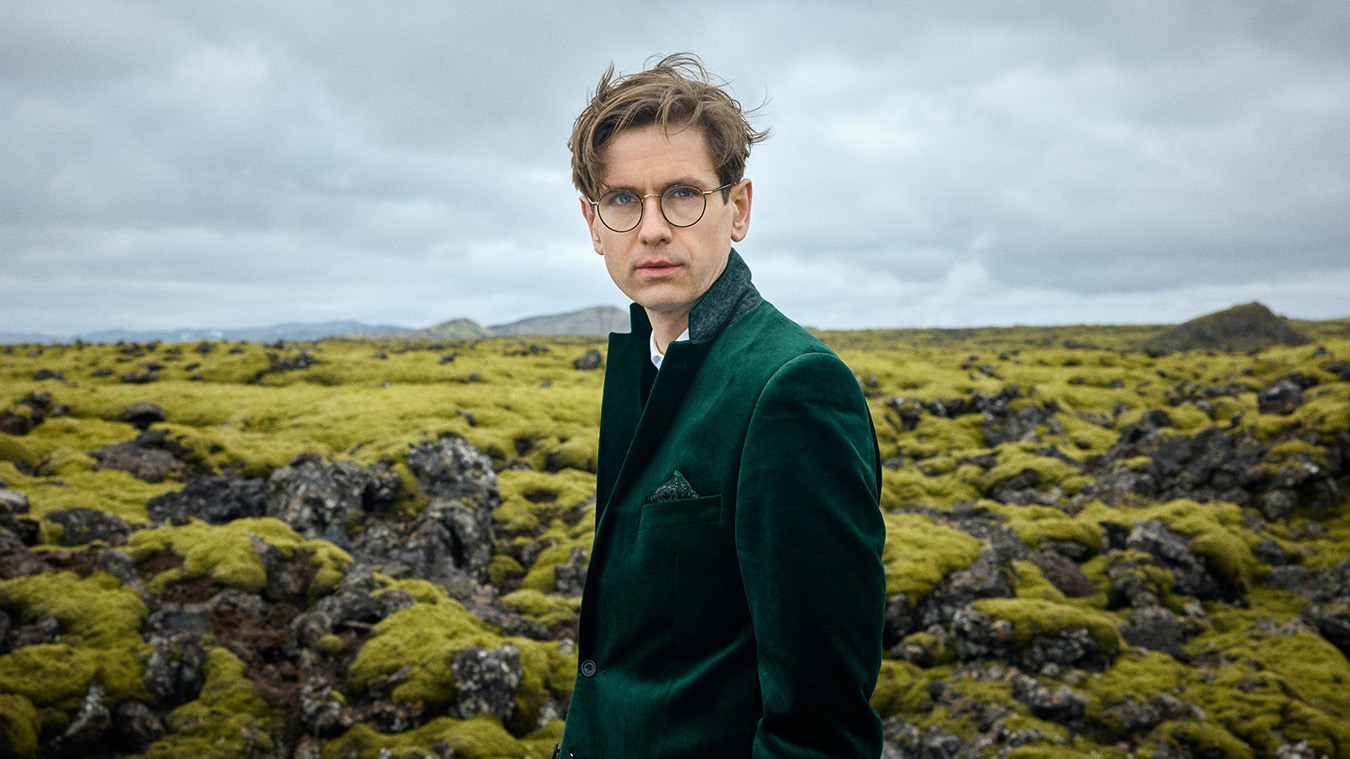The School of Art, Arizona Arts and the Center for Creative Photography are excited to invite the public to our third symposium on Asian photography, a full-day virtual symposium entitled “Photography and Southeast Asia: History and Practice.” The free symposium will be held entirely online to accommodate a broader audience in Asia, the U.S. and other countries.
Photography in Southeast Asia is intertwined with the colonial history of the region with European photographers opening their studios in local cities. The Scottish photographer John Thomson (1837-1921) who operated a studio in Singapore from 1862 to 1868, making an extensive visits to other parts of the region, such as Vietnam and Thailand. The German photographer Gustav Lambert and his firm G. R. Lambert & Co served Thai and Johor court, opening the branches in Singapore, Sumatra, Bangkok, and Kuala Lumpur from the late nineteenth century to the early twentieth century. The French photographer Émile Gsell (1838–1879) ran his studio successfully in Saigon after accompanying the Commission for the Exploration of the Mekong from 1866 to 1868. The Orientalizing gaze of the European photographers continues in the postcolonial period, as can be seen in Henri Cartier-Bresson’s photographs of Balinese women and photographs of Thai traditional dancers by Germaine Krull.
What were other trajectories of nineteenth-century photography in Southeast Asia? What impact did the Vietnam War have on photographic practices in Asia? How have diasporic communities been engaging with photographic culture in the region? How does photography intervene in political events in the region? The symposium aims to address various ways in which photography and its history have structured the imaginary of Southeast Asia.






